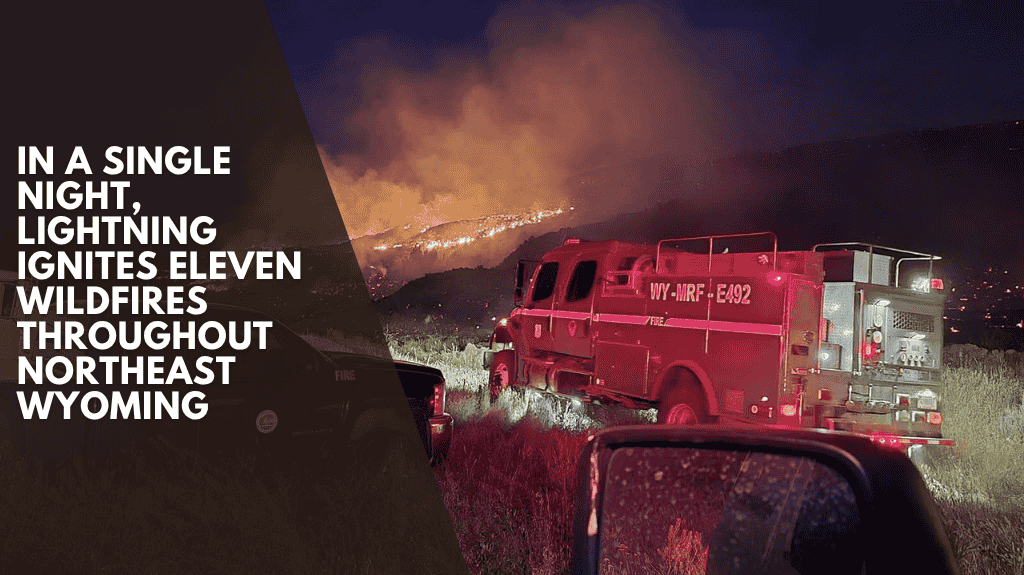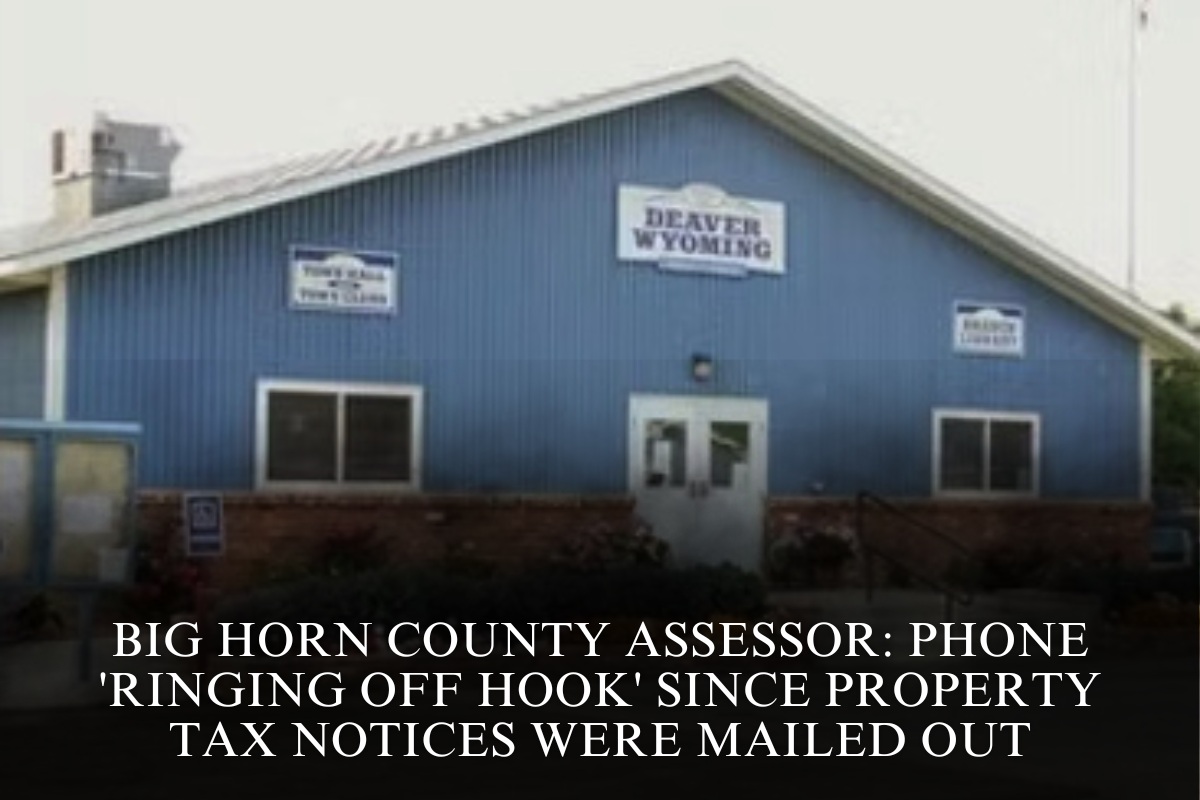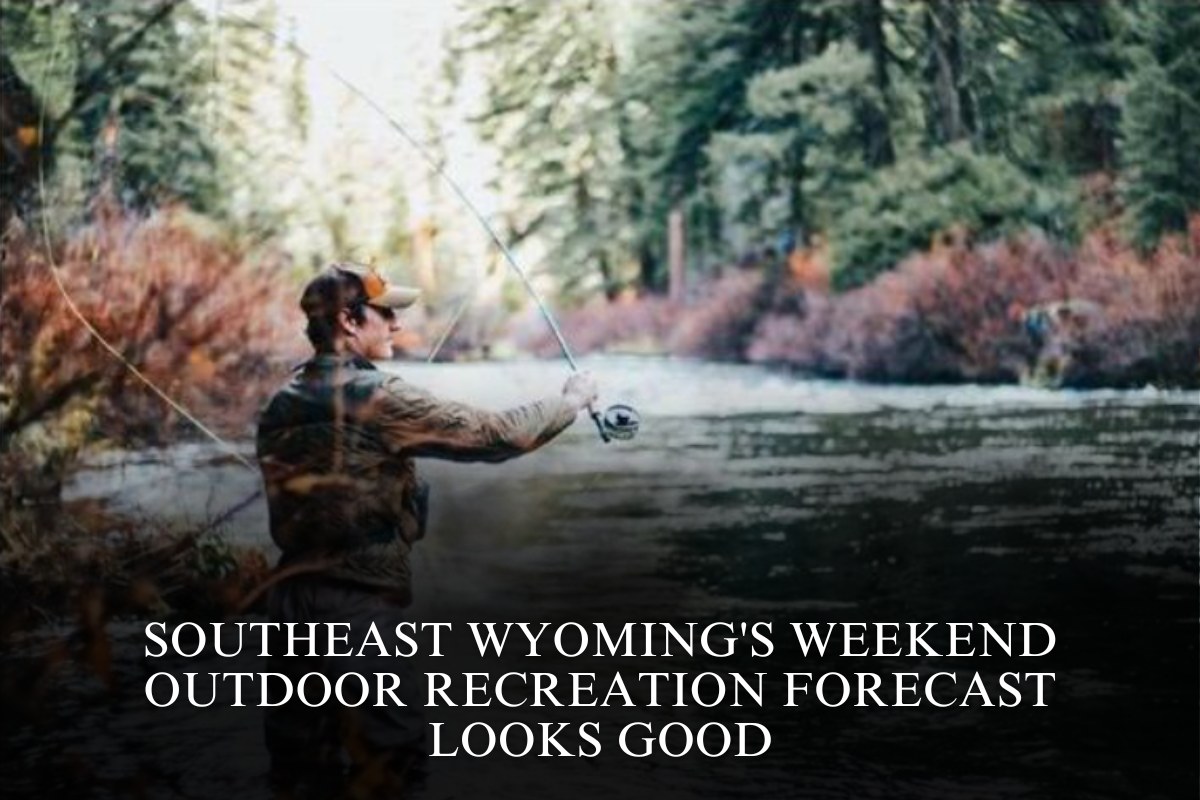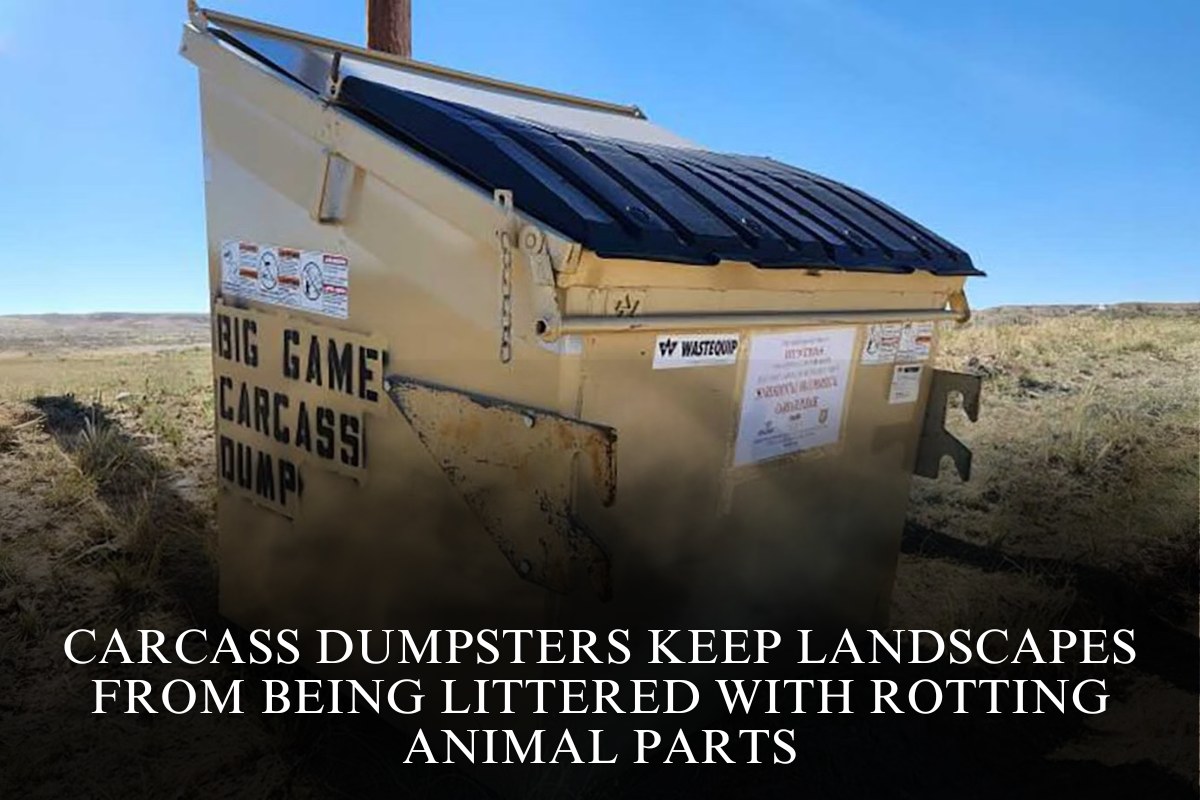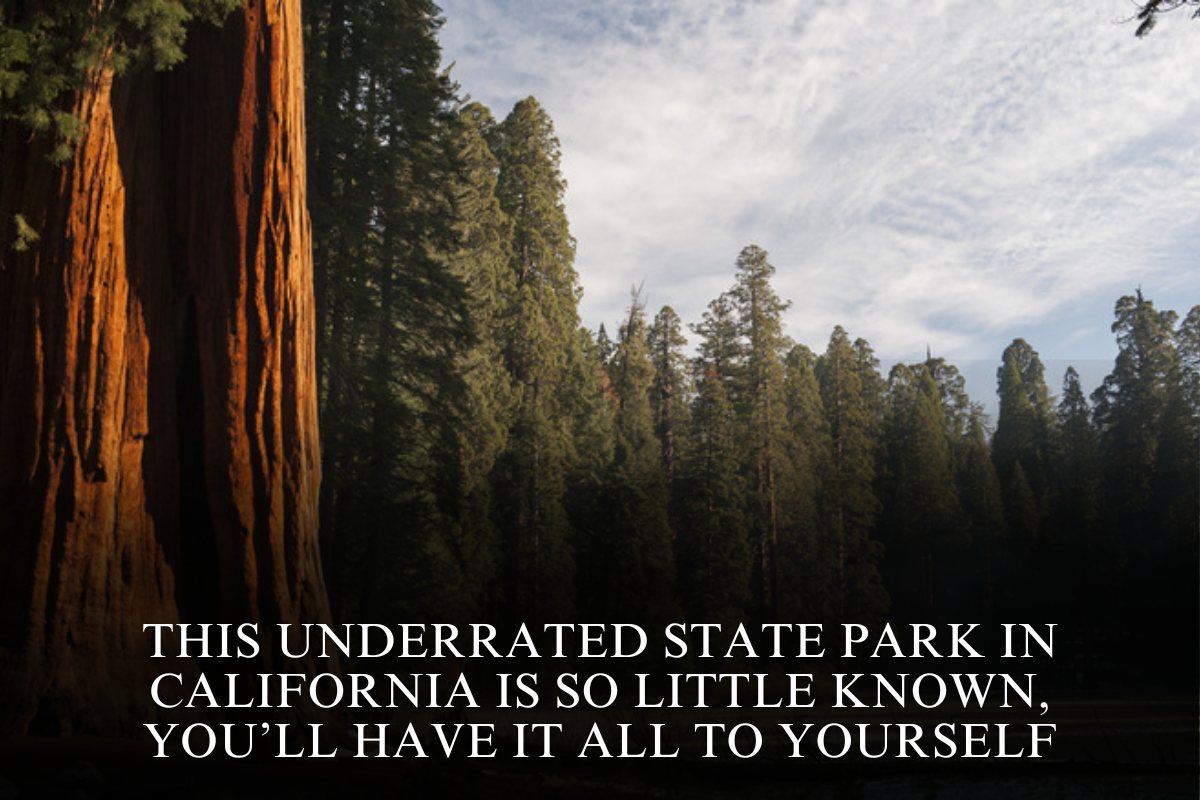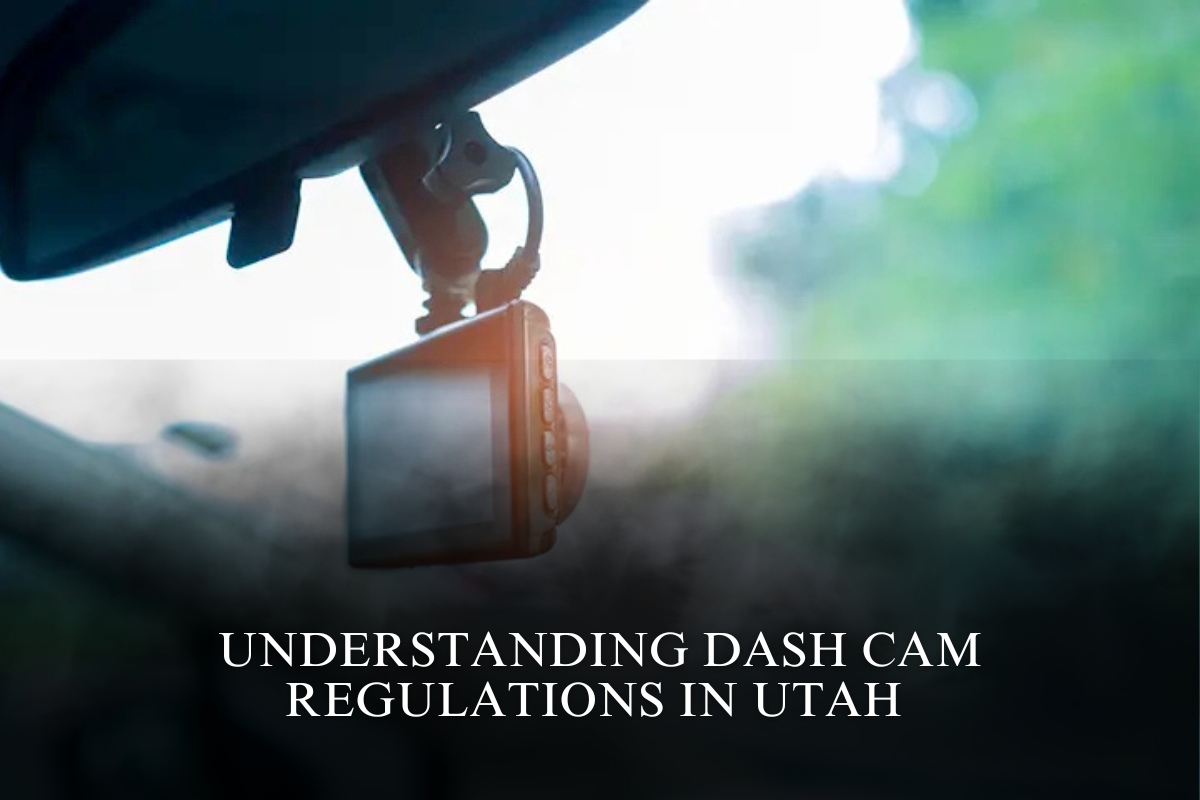Fire departments in northeast Wyoming had their busiest night of the season so far Wednesday, battling 11 lightning-sparked blazes that sent crews to two fires near Arvada.
“We had 20 different wildland apparatus fire trucks out last night and the staffing, so you’re probably talking close to 40 to 50 personnel,” Campbell County Fire Marshal Stuart Burnham told Cowboy State Daily on Thursday.
Around 6:20 p.m., lightning strikes sparked what officials believe to be 11 wildfires in the area.
The fires were put out by a combination of duty crews, seasonal firefighters, and part-time firefighters who were brought in to help.
One of the larger fires was the 30-acre Cedar Draw Fire in the northwest part of Campbell County, which was on Bureau of Land Management property.
Command was transferred to the BLM on Thursday, but Campbell County continues to provide additional resources to monitor the situation, according to Burnham.
Powder River Fire
The most significant blaze is the Powder River Fire near Arvada in Johnson County, which burned about 1,000 acres is 50% contained. This fire presented unique challenges as it developed into a complex, multi-front battle, firefighters report.
Clearmont Fire Chief Josh McKinley, whose department assisted with the Powder River Fire, described the difficult conditions his crews encountered.
“Air attack was up, flying around, giving us updates on where it went because it kind of split, and we ended up having two heads on that fire,” McKinley told me. To address both fronts at the same time, the incident commander had to divide operations into separate divisions.
McKinley took command of the east flank, known as Division Zulu, while another team worked the west flank as Alpha. When the weather deteriorated, the fire behaviour became much more intense.
“There was a front that moved through that night, and we had winds recorded at 30 mph, sustained probably around 10 to 20 minutes,” he told me. “It sparked everything, carried some embers over, and ignited the grass behind us. We had to retreat, gather our resources, and then re-attack.”
Due to the difficult conditions, crews called in a bulldozer to cut a fireline, allowing for a back burn operation that burned the fire into itself.
This strategy helped secure the east flank to the point where some crews could be released from the fire on Tuesday night.
The weather that evening complicated operations even more. While the rain that followed the lightning strikes helped to put out some of the fires, it also created logistical challenges.
“The BLM crews that were on the Powder River Fire were unable to get out of it because it was pretty muddy over there,” McKinley told me. “They were kind of stuck in there with the rain. There are only dirt roads in and out of that area, which makes it difficult to get in and out when it’s wet.
Dangerous Conditions
Despite the challenging night, Burnham said most crews were able to pull off the fires due to the rain, though teams were sent out Thursday to check on the status of various fires to determine if they were completely extinguished or needed additional attention.
The fire marshal emphasised the precarious nature of the current situation.
“We’re in an interesting period right now.” “It’s just dry enough for grass to grow, but it’s still green enough to prevent it from spreading too quickly,” Burnham explained. “However, with some sun on it and some wind, it doesn’t take long for that vegetation to dry out, and then we could be in a critical fire state.”
Officials are closely monitoring weather and vegetation conditions and may implement fire restrictions next week, he said.
While there are currently no fire restrictions in Campbell County, which means fireworks are still permitted, the city of Gillette prohibits fireworks within city limits.
Holiday Caution
Looking ahead to the holiday weekend, Crook County Fire Warden Charles Harrison provided a cautiously optimistic assessment.
“We are so far fortunate not to have had any starts,” Harrison told Cowboy State Daily. However, he noticed that the area’s vegetation is “rapidly changing from that lush green to dry and brown.”
The increased fire activity coincides with higher fuel loads than in typical years. McKinley of Clearmont reported that the Arvada area has “a lot of fuel and a lot of grass that’s grown a lot more than a typical year” as a result of more moisture than usual earlier in the season.
“Just be safe, especially over the holidays,” McKinley advised. “Just be cognisant of what you’re doing and know that everything’s drying out, and it will burn, and it burns fast.”
The busy night marks a significant increase in fire activity in the region, with officials anticipating that conditions will worsen as vegetation dries out in the coming weeks.
While coal seam fires have not yet been an issue this season, Burnham stated that as the vegetation in Campbell County continues to dry, “I would anticipate we may start to see some more activity from the coal seams.”
